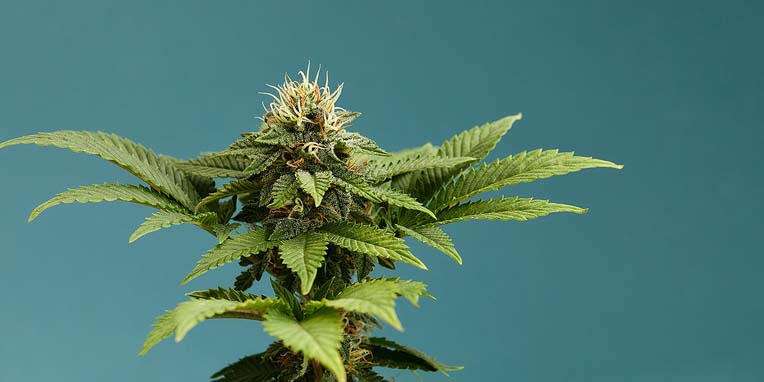
Want to grow marijuana yourself? You're not the only one! As more and more countries legalize marijuana, many enthusiasts are turning to cultivating it in their own homes or gardens. Whether you have a green thumb or are just starting out, this top 50 frequently asked questions with answers will guide you.
Topics in this article
- Legality
- Indica vs. sativa
- Males, females, and hermaphrodites
- Fertilization
- Harvesting marijuana
- Trimming and defoliating
- How big does a marijuana plant get?
- Pots and repotting
- How long does the cultivation take?
- Nutrients, watering, pH value, and yellow leaves
- Mold on marijuana plant
Is growing marijuana legal?
Always check the local laws and regulations in your area. In the Netherlands, there's a tolerance policy. This means that in practice, you often won't be prosecuted if you have 5 or fewer plants in the garden without causing any nuisance. However, this doesn't mean that growing marijuana in the Netherlands is legal, as it is in European countries like Luxembourg, Malta, and soon also in Germany.
What are the benefits of growing marijuana at home?
Growing at home provides control over growing conditions, strain selection, and can be more cost-effective in the long run.
Is this an indica or sativa?
You should already know that. Marijuana seeds are sold with a percentage of indica, sativa, and ruderalis. So, look in the detailed product description or specifications to know whether you have an indica or sativa in your garden or tent.
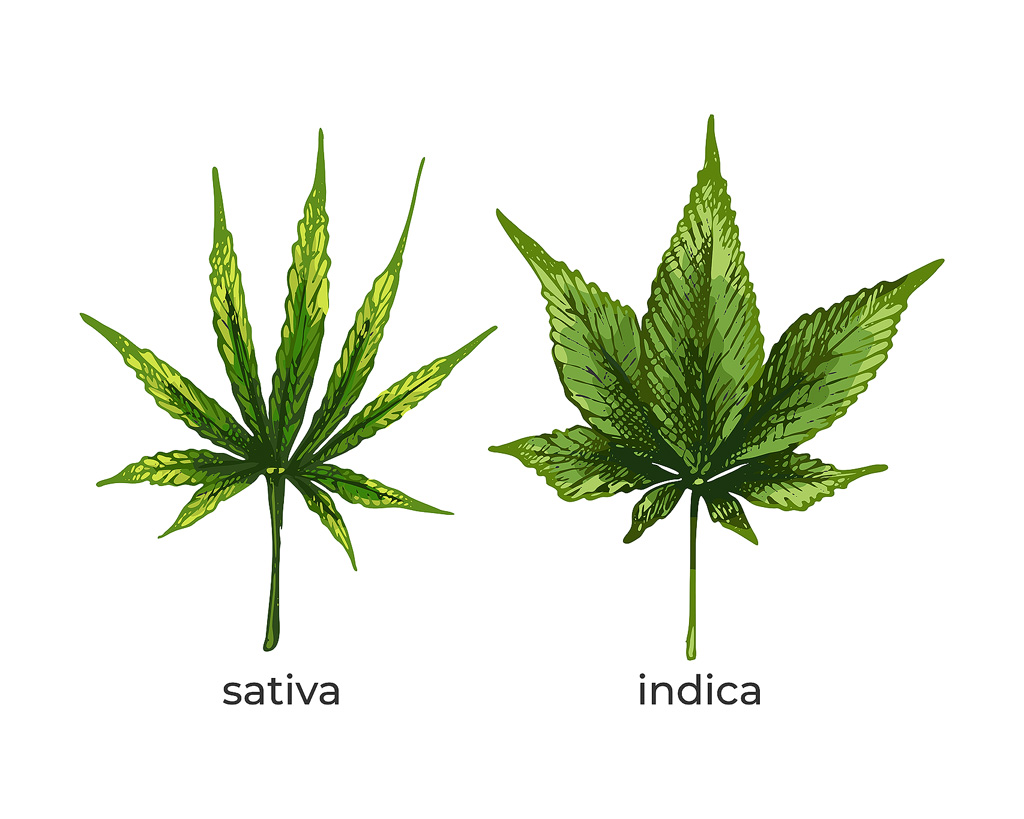
What's the difference between indica and sativa?
The difference is too vast to briefly explain here. Read this blog for the full story. In it, you'll also learn that pure indicas and sativas are rare. Therefore, your marijuana plant will be a mix of both genetics. Fortunately, this makes your plant stronger, has a higher yield, blooms shorter, and has a higher CBD and THC percentage.
Generally, indicas can handle colder weather better than sativas. So, if you start planting late, opt for an indica or indica-dominant hybrid. Sativas handle hot summers better.
However, this means you might see two completely different plants in your garden, even though they were grown from the same seeds. This is due to the phenotype of the marijuana plant. Due to the growing conditions combined with the genetics, the appearance of one plant might be very different from another. No worries, it's still the same species, just in a different guise.
Is this a male marijuana plant?
Male marijuana plants can fertilize the females. If that happens, the yield decreases, and you'll get seeds in your marijuana. We don't want that, so we aim to cultivate only female marijuana plants. For this reason, most marijuana seeds are feminized. This means it's very difficult to get males from these seeds. But, unfortunately, it sometimes still happens. That's due to the will and power of nature.
What can you do with a male marijuana plant?
Remove it. As soon as you notice a male among the females, you should remove him. If you act early, there's no problem.
How can you tell if a marijuana plant is male or female?
You can tell by the sex organs at the pre-flowering stage:
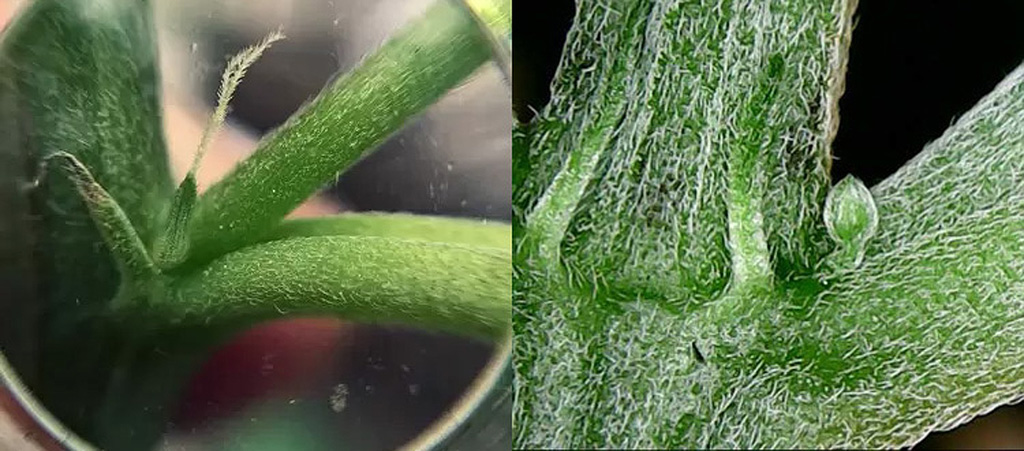
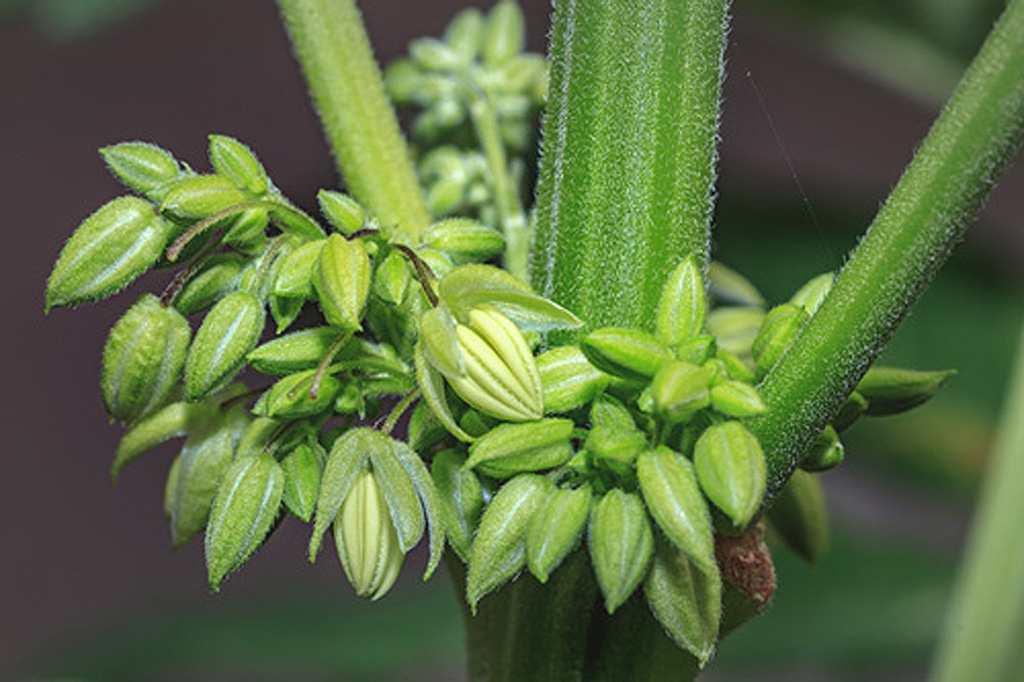
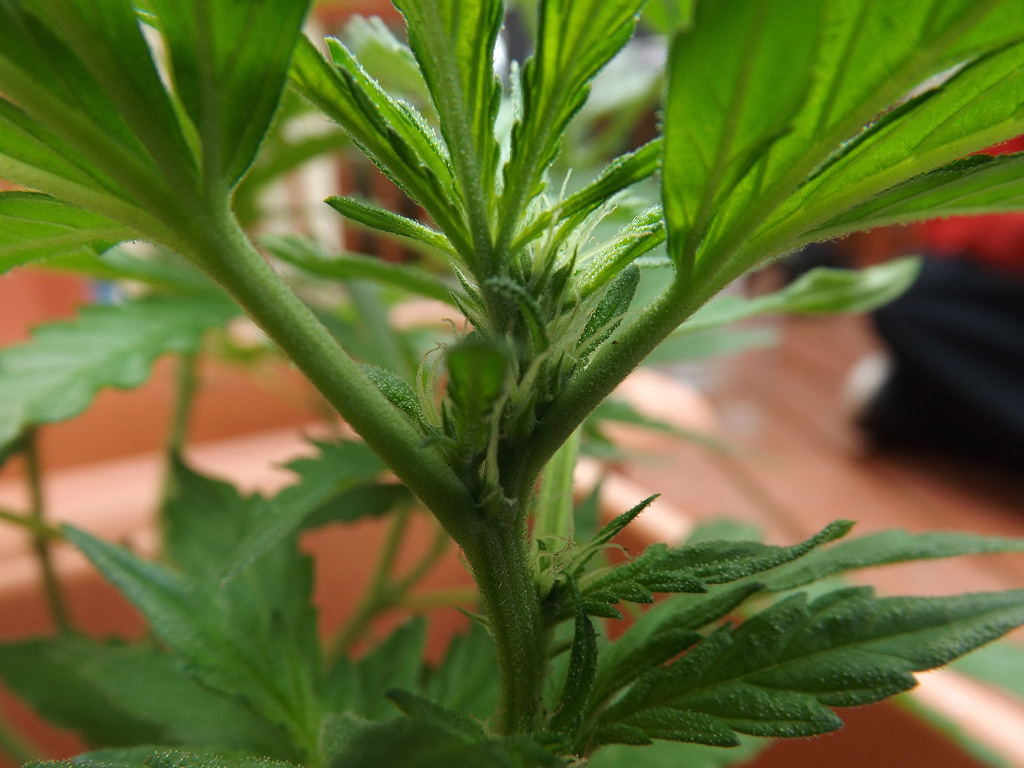
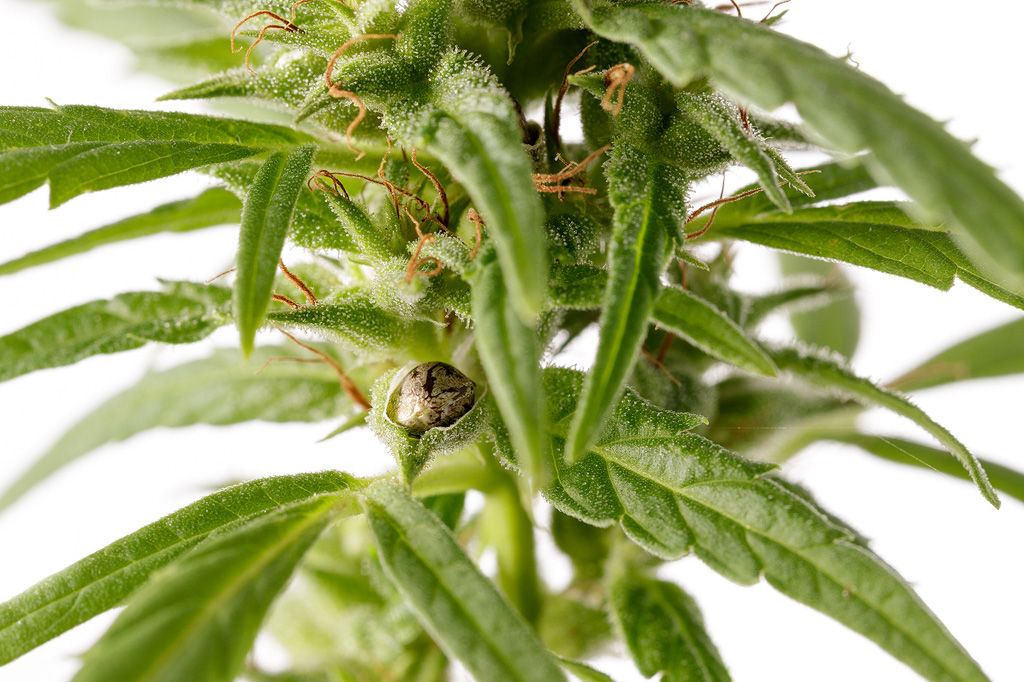
Can a fertilized cannabis plant fertilize other plants?
No. By the time you realize a female has been fertilized, the pollen from that male can no longer spread and fertilize the rest.
What can you do with a male cannabis plant?
Probably nothing for you. No cannabis comes out when the male cannabis plant flowers. Professional growers separate the males to crossbreed cannabis plants.
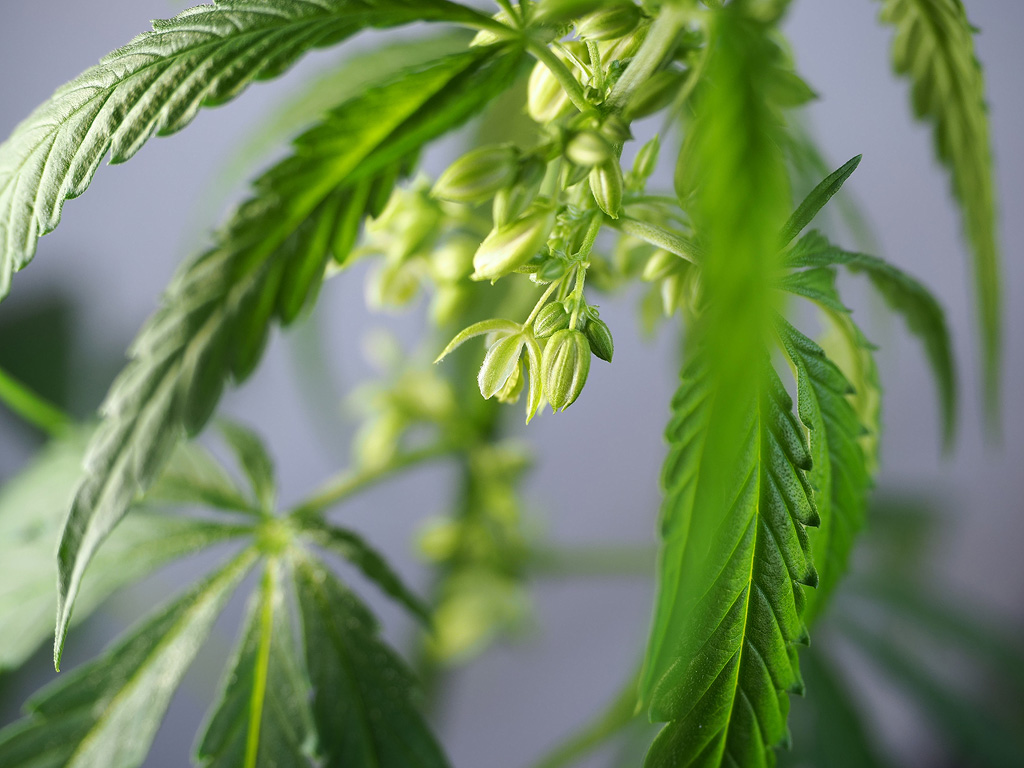
Male cannabis plant in bloom.
If it's not about the flowers, the gender of the cannabis plant doesn't matter. Hemp farmers growing low-THC industrial fiber hemp for example, have fields full of males and females together. They use them to make rope, clothing, cosmetics, construction materials, and even car dashboards.
Is this a hermaphrodite cannabis plant?
A hermaphrodite or “herma” is a bisexual cannabis plant. They usually arise when the cannabis plant experiences unusual stress. This can be caused by extreme temperatures, too little or too much water, lack of nutrients, or a pest or fungus infestation. However, it rarely happens. Less than 1% of cannabis plants turn out to be hermaphrodites.
What does a hermaphrodite look like?
A hermaphrodite has both female and male reproductive organs.
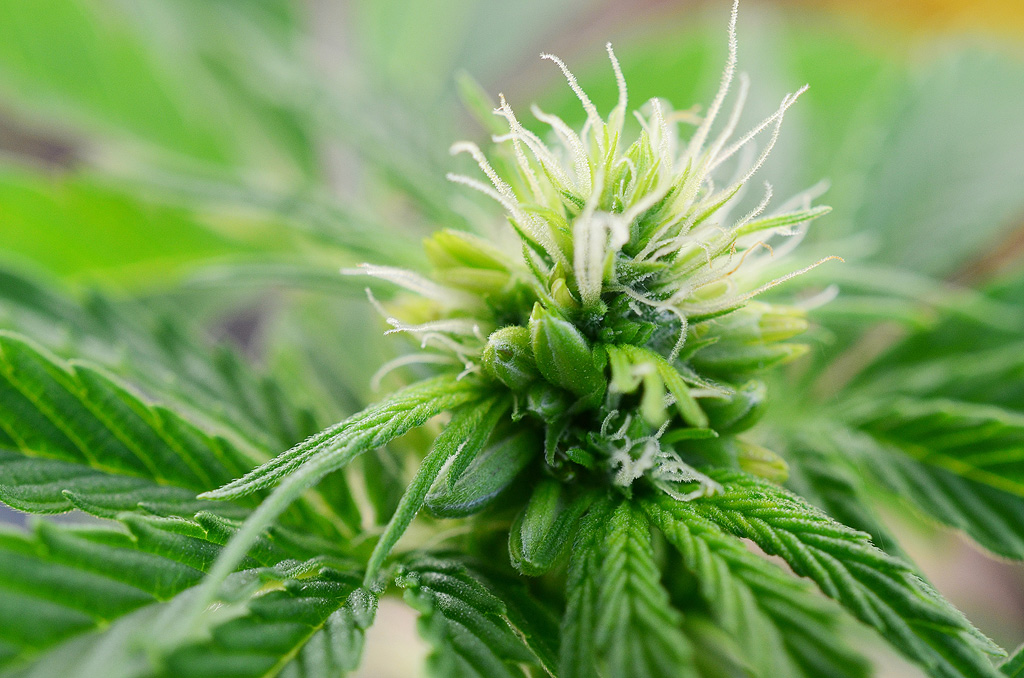
Hermaphrodite cannabis plant with a combination of female and male reproductive organs.
Can a hermaphrodite self-fertilize?
Yep. It can. But the biggest problem is that hermas, just like male cannabis plants, produce pollen and can fertilize other females. It's best to remove a hermaphrodite. However, there are desperate growers who take the effort to remove all male reproductive organs from a hermaphrodite. If you manage this and end up with unfertilized cannabis… hats off! We don't recommend it, because the chance is very slim that you can really remove everything.
Indoor vs. Outdoor
Indoor growing offers more control, while outdoor growing is more natural and often cheaper.
When to harvest cannabis?
When most of the trichomes (resin glands) on the buds and sugar leaves turn amber-colored. These glands produce the resins that contain the cannabinoids and terpenes that get us high or stoned. The ball of resin on the gland turns from clear to milky white to amber and finally brown. Your goal when growing cannabis is to harvest when most trichomes are just past white, but yellow-orange. That's when the cannabis has the best taste and the highest percentage of THC and CBD. Below is a picture to show what we mean.
When to harvest autoflower cannabis plant?
With autoflowers, it's no different. Look at the trichomes. Ideally, with a magnifying glass or trichome microscope, but if you have eagle eyes, that works too. So don't send us photos taken with your phone from a meter away. We can't assess whether the trichomes are ripe for harvest.
Cannabis ready for harvest photos
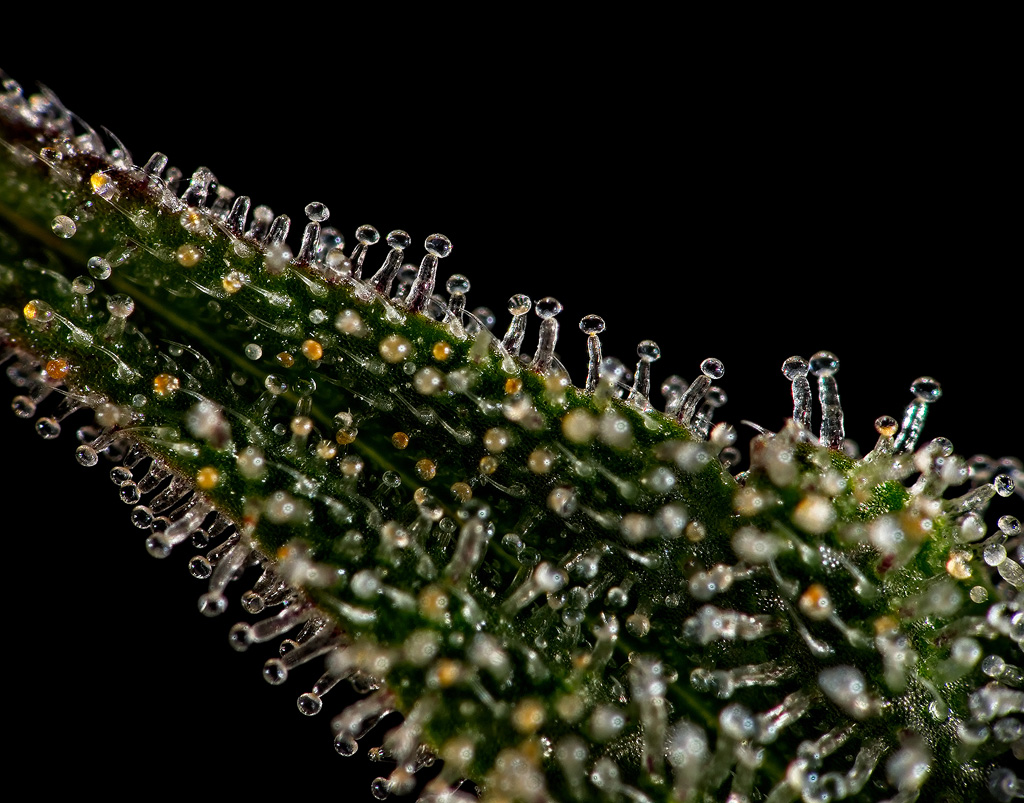
Do you see how those little balls have different colors? At least wait until the majority of them are milky white. The ideal color is yellow to amber. Later they turn brown. By then, the best harvest moment has passed.
Can you tell by the flowering hairs if it's time to harvest?
No. The flowering hairs are those colored strands that grow out of the seed pods of cannabis plants. They have nothing to do with the ripeness for harvesting. Look at the picture above. Only by that can you determine if it's time to harvest.
Trimming Marijuana Plants
When we hear "trimming," you could mean two things. You harvest using a specific marijuana trimming scissors. This way, your kitchen scissors won't irreparably stick together. Pruning or defoliating can be done with any sharp pruning shears. It's precise work, as you should only cut off the large protective leaves or fan leaves.
Defoliating Marijuana Plant
Trim the protective leaves at the end of the growth phase. However, do not do this halfway through the flowering phase, as this causes too much stress. Trim the leaves that overlap and cast too much shade. This allows light and air to freely move through the plant, increasing the yield and preventing mold formation in wet periods.
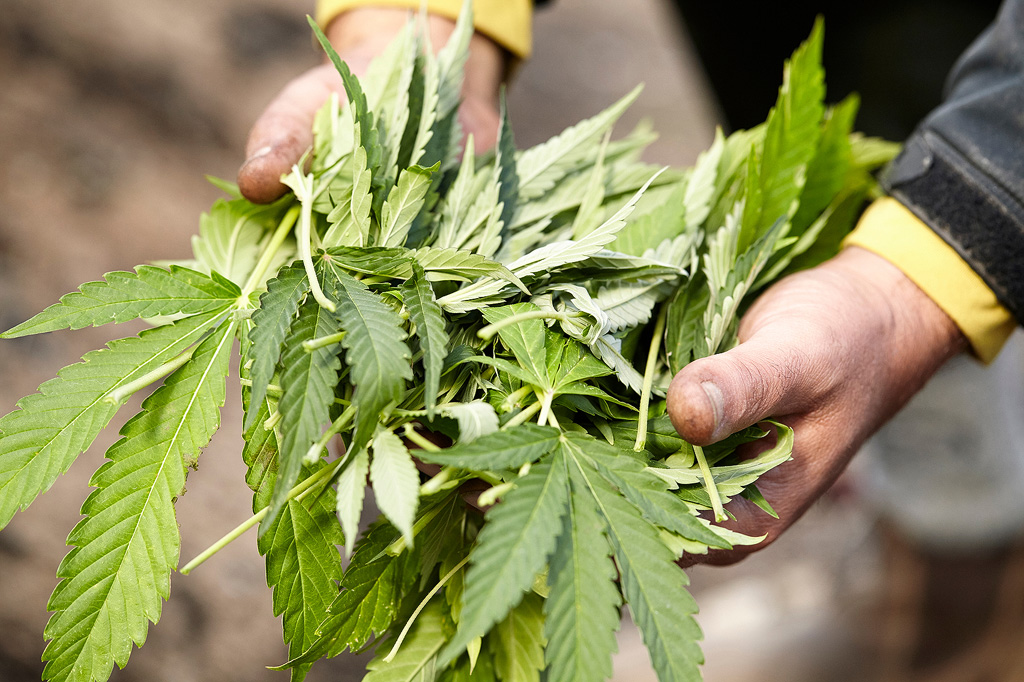
You can defoliate about this much from a marijuana plant without problems. However, leave some leaves to maintain photosynthesis.
What to do with trimmings?
With trimmings that look like the above, you can make tea or it can go on the compost heap. There are very few cannabinoids in it, so you won't get high from it. The trimmings you get after harvesting and refining your buds are actually very valuable. Sugar leaves contain a lot of resin. Make cannabis oil from it, put it in your joint, or bake a (mild) spacecake with it.
How often can you harvest a marijuana plant?
Once. Marijuana is typically an annual plant under normal conditions, though the internet is full of wild stories and pictures of strange mutations and craftworks. If you cut the buds off the marijuana plant, it dies. The branches become woody, and new leaves and buds won't grow the next year.
How tall does a marijuana plant get?
If you're talking about length, a marijuana plant can be between 20 centimeters and up to 5 meters tall. However, both extremes are rare. Most marijuana plants are around one and a half meters tall. Sativa-dominant plants are usually taller, while indica-dominant plants are wider.
How tall does a marijuana plant get outside (and inside)?
The two most determining factors for the size of a marijuana plant are the amount of light and the size of the pot. Outside, the marijuana plant often has more light all around than in the growing room, so a Durban Poison or a Green Crack can grow well above the fence. Yes, some strains turn into a marijuana tree.
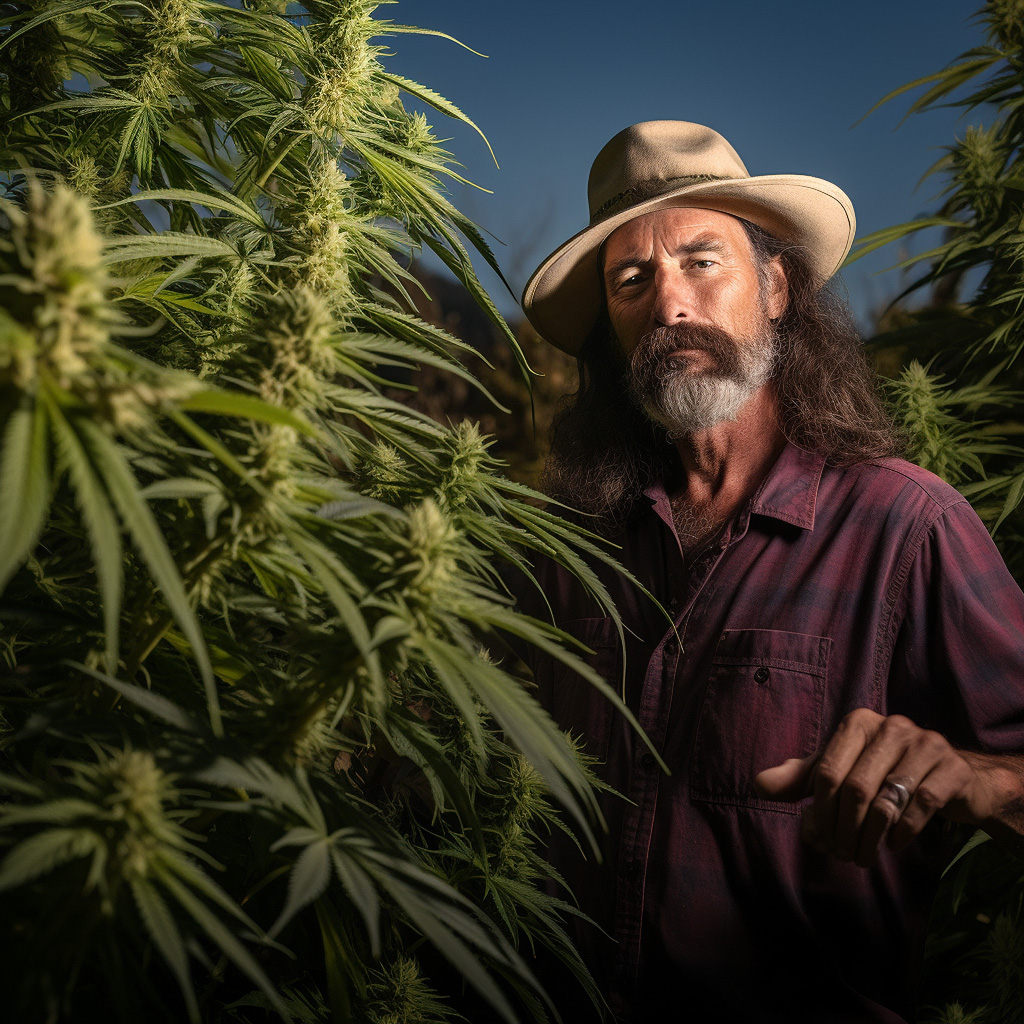
Marijuana Plant: How big a pot?
Especially when you place the plant in a well-drained pot with a capacity of more than 30 liters. The bigger the roots can grow, the bigger the plant becomes. The minimum pot size for a mature cannabis plant is 12 liters. You can start small and take a larger pot each time or plant directly in a huge pot. It's up to you. Just make sure you're done repotting before flowering begins. And then leave some room because a growth spurt is still coming.
Cannabis Plant in the Ground
The downside of a cannabis plant in the ground is the lack of drainage. Excess water doesn't drain well, and the roots get less oxygen than when you put it in a pot. So, it's better in a pot. Then use such a fabric pot to provide both drainage and fresh air. Moreover, a fabric pot is more sustainable as it requires less energy to produce and lasts longer than one grow cycle.
How do I keep my cannabis plant small?
Take a look at the blog about LST, topping, scrogging and other growing techniques. With these techniques, you can keep the cannabis plant short.
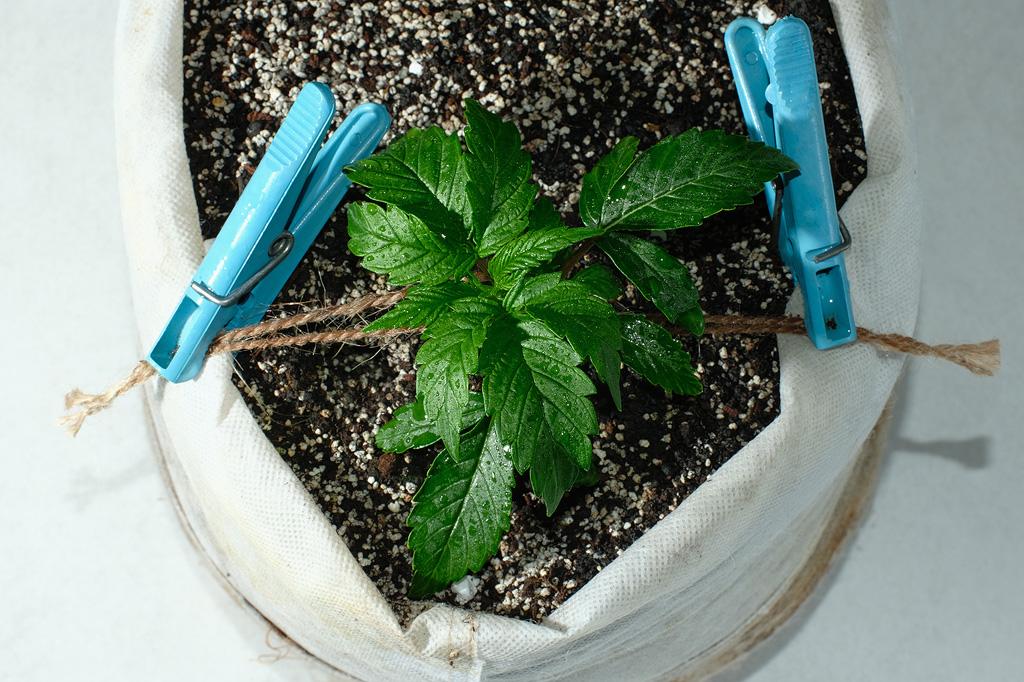
LST (Low Stress Training) applied.
Largest Cannabis Bud
The record for the largest cannabis bud is not officially documented, but photos often appear showing a single bud as big as an adult's entire arm.
Cannabis Yield per Plant
Again, highly dependent on the growing conditions and the strain. The most extreme examples are the first autoflowers from thirty years ago, yielding just a few grams, compared to the yield from cannabis trees of Californian master growers, where we're not talking about grams, but kilos. Are you growing an autoflower indoors without light against our advice? If you're lucky, you'll harvest just enough for a few joints from a lanky little plant. But put the same autoflower outside in a 25-liter pot and feed her a strong nutrient like Big Bud as a treat alongside the regular grow and bloom feed. Bam: 800 grams per plant. Dos si Dos cannabis seeds anyone?
When does the cannabis plant flower?
Photoperiod cannabis plants (incorrectly called feminized cannabis plants) start to flower when the nights are darker for more than 10 hours. In Dutch-Headshop's backyard in the Netherlands, this happens at the end of August. If your plant is in the shadow of a fence or tree at the end of the day, this can be earlier. It can also take until the end of September before she starts flowering. Autoflowers typically start flowering after a few weeks of growth and continue to grow steadily during flowering.
It's September and my cannabis plant hasn't flowered yet
Patience. It will happen in its own time. Really.
When does a cannabis plant develop buds?
When a cannabis plant flowers, it develops buds.
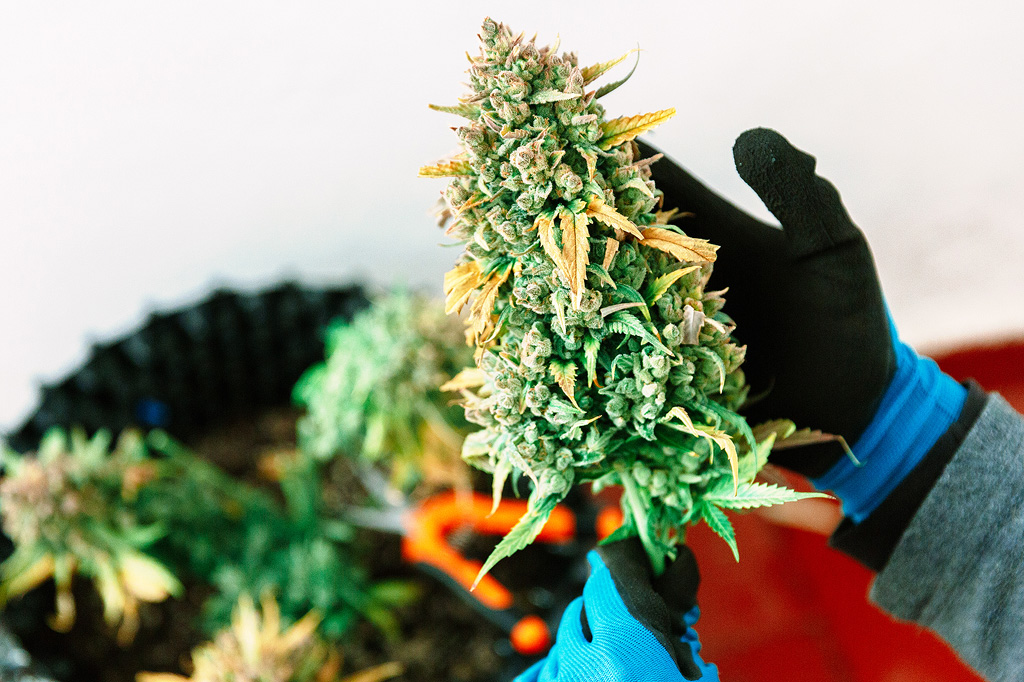
The "bud" is a collection of flowers from the cannabis plant.
How fast does a cannabis plant grow?
In the beginning, up to a centimeter per week. After a few weeks, a centimeter per day. Many cannabis plants have a growth spurt at the start of flowering, which means they can grow one and a half to two times their size in two weeks.
How do you make a cannabis plant grow quickly?
Give her full sun or a powerful grow light, a large pot, and the right growing nutrients. But let nature do its job. Grass doesn't grow faster by pulling on it.
How long should a cannabis plant grow? / When is a cannabis plant fully grown?
Typically, if it's not explicitly stated in the product description, you assume 7 weeks. Because the advice varies by strain. The growth phase preferably lasts 5-6 weeks to 8-10 weeks. How long the growth phase of a cannabis plant lasts is somewhat up to you. When growing indoors, you turn off the lights for 12 hours at night to start flowering. When growing outdoors, you strategically plan the cultivation by looking at how long it takes until the end of August (in the Netherlands) and how long the plant needs to grow. Here's a handy calculation:
End of August - shortest recommended growth period of the plant - 2 weeks pre-growth - 1 week germination = germination date
Example: Dutch Headshop Strawberry Cough, 5-6 weeks of growth.
August 21 - 5 weeks of growth - 2 weeks pre-growth - 1 week germination = start germination on June 26.
How long should a cannabis plant flower?
This also varies by strain. You can always find this in the product description. If it says the flowering can take 9-10 weeks, after 9-10 weeks of flowering you check if it's ripe for harvest by looking at the color of the trichomes. If most of them are amber-colored? Time to harvest.
When to darken the cannabis plant?
Read this blog for all the information about darkening cannabis plants.
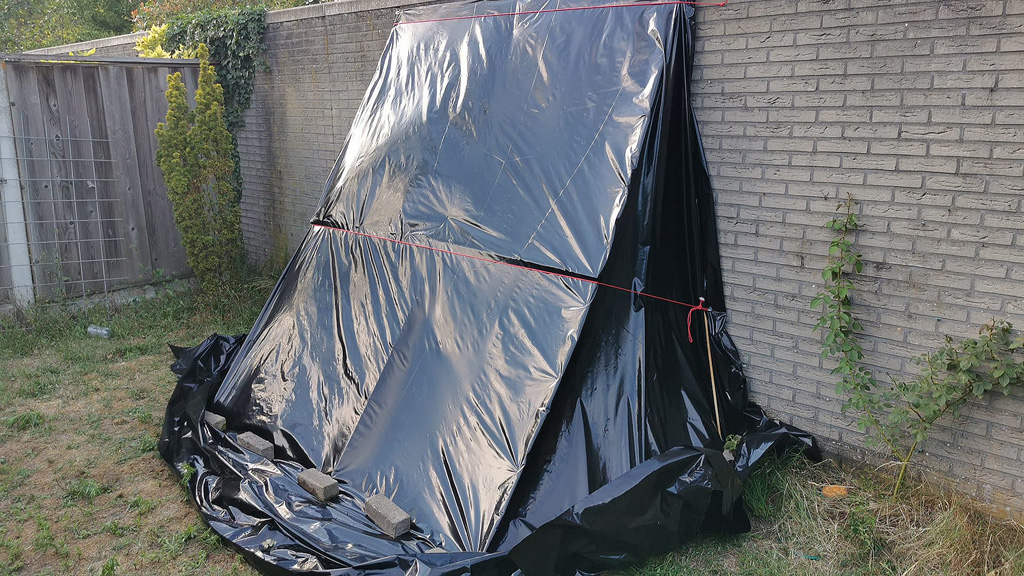
Darken to make the cannabis plant bloom earlier.
When does the cannabis plant start to smell?
As soon as they transition to the flowering phase. It's the resins that give off the characteristic scent and they are produced by the trichomes that form at the beginning of the flowering phase.
When to put the cannabis plant outside?
Ideally, you should keep cannabis plants indoors for the first 2-3 weeks to make them strong enough to withstand wind and other elements. Pre-growing, it's called.
What nutrients for the cannabis plant?
Cannabis plants need food. If carbohydrates, fats, and proteins are basic needs for humans, you can think of nitrogen, phosphorus, and potassium as the basic needs for plants. The ratio of these three elements is quite specific for cannabis plants. And to make it complex, this need changes during flowering.
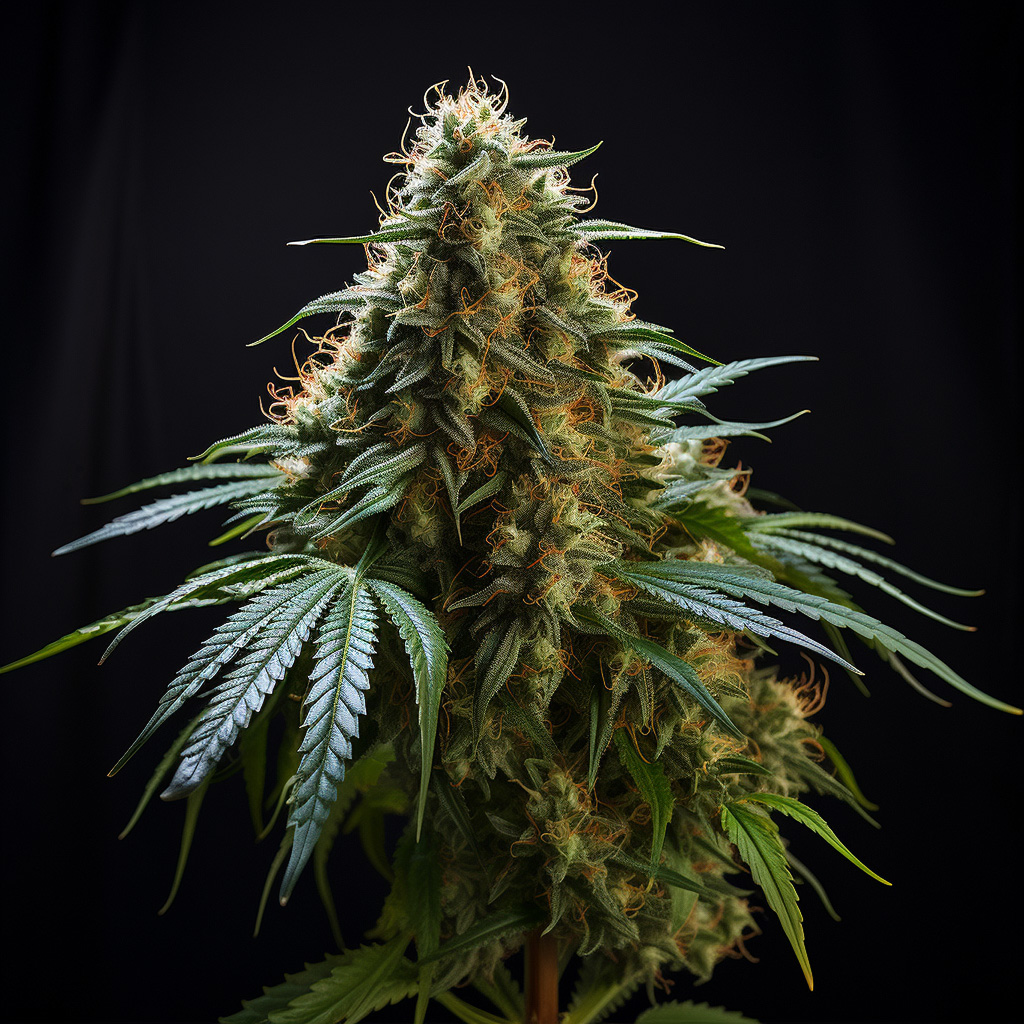
Such fantastic buds can only be achieved by giving the right nutrients.
What you need to remember is that there's special nutrition for cannabis plants for this reason. Buy that cannabis nutrition here and always provide growth nutrients or flowering nutrients, depending on the phase your plant is in. If you provide nutrition for geraniums or cucumbers? Then the leaves will change color, the branches will shrivel and other problems will arise. We wouldn't fare well on just dog food either!
What nutrients for fat buds?
In addition to basic nutrients, also give a flowering stimulator. You can find them all in our webshop
Is there special nutrition for autoflowers?
Probably, but that's nonsense. Autoflowers don't have a special nutritional requirement, other than that they can switch to flowering nutrients earlier.
Watering the cannabis plant
Give a cannabis plant water regularly when the soil feels dry. Stick your index finger into the soil up to the first joint. If it feels cold or wet and the soil sticks to your finger? Don't water. Otherwise, water. It's that simple, and this way you also know if the rain has been enough.
Yellow leaves on a cannabis plant, help!
They have probably been overwatered for an extended period. If the leaves also droop and feel thick, you know the cannabis plants are still overwatered. Another cause might be a nitrogen deficiency. Provide the right nutrients for cannabis plants and, according to the manufacturer's instructions, give a bit of nutrients with every watering.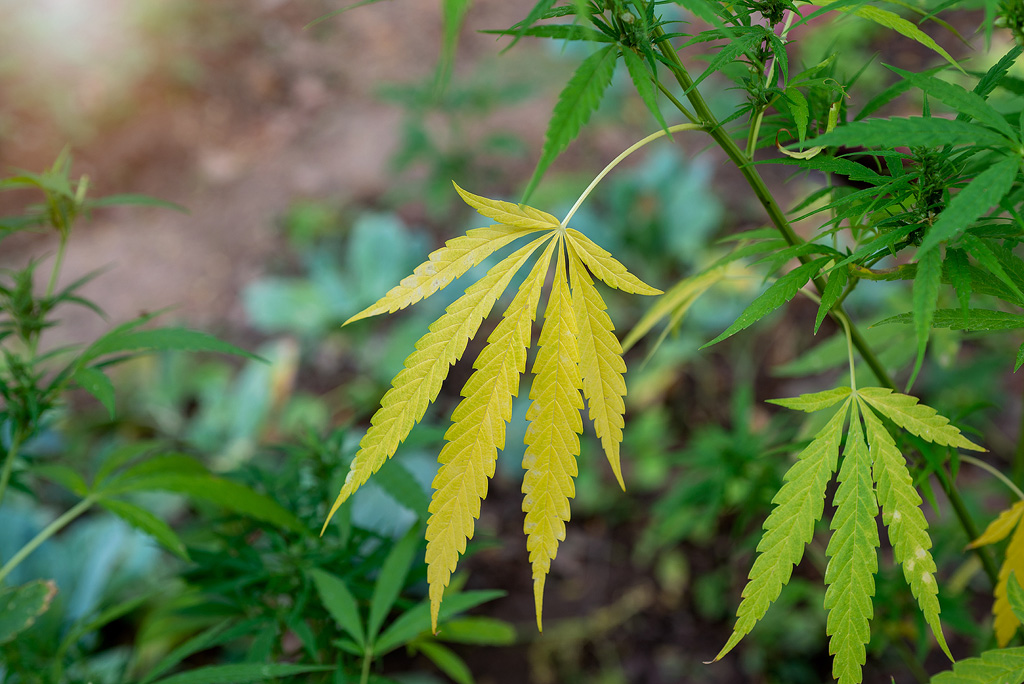
Yellow leaves at the end of flowering
This is likely due to a nitrogen deficiency. As the plant ages, more nutrients are consumed from the soil. Eventually, the soil becomes depleted, and the cannabis plant shows this through discoloration. Give some flowering nutrients to prevent other leaves from discoloring. The current yellow leaves might not turn green again. Just make sure you don't give any more nutrients in the last two weeks. This process of not providing nutrients is called flushing. More on that later.
Too much nutrients for the cannabis plant
It's true that a cannabis plant can get too many nutrients. A common mistake is pouring the often liquid nutrients undiluted over the soil. This is very harmful to a cannabis plant. 1 to 5 ml per liter of water is a typical amount. This ratio is 1 to 200 or even 1 to 1000. Please check the packaging or visit the manufacturer's website for nutrient information. Plagron, BAC, Advanced Nutrients, Royal Queen Seeds, Canna, and Terra Aquatica all provide information about their nutrients.
What to do during prolonged rain?
If it rains for more than a day? If your pot has good drainage, there's no issue. Is your plant in a clay pot? Then you could wrap a trash bag around the pot to combat the waterlogging. This isn't very useful for plants in the ground, so you'll have to wait out the rain.
pH level of the cannabis plant
If you're growing in soil, a pH of 6.3 is ideal. Keep it between 5.5 and 6.5.
If you're growing in rockwool? Aim for a pH of 6. In coconut coir, you preferably want a pH of 5.8. For other hydro and aero growing methods, aim for a pH between 5.8 and 6. pH is essential for proper nutrient uptake.
When to give flowering nutrients to the cannabis plant?
Switch to flowering nutrients as soon as the plant shows signs of flowering. This means when you can confidently say your cannabis plant is female. You can see how to determine this in the photos further up in this article.
How long to flush the cannabis plant?
You start flushing a cannabis plant when the first trichomes become cloudy, for about 14 days. “Flushing” means not giving nutrients but still watering. However, some supplements can still be given. Flawless Finish is specifically designed to flush your cannabis plant with.
Mold on cannabis
There are various types of molds that can infest your cannabis plant. Powdery Mildew is common and can be treated by mixing 100 ml of milk with 900 ml of water in a spray bottle. Thoroughly spray your cannabis plants with the mixture, especially the areas where you see the most mildew, and let it dry in the sun. If it doesn't work after repeating a few times, add a few grams of sodium carbonate (soda) and repeat.
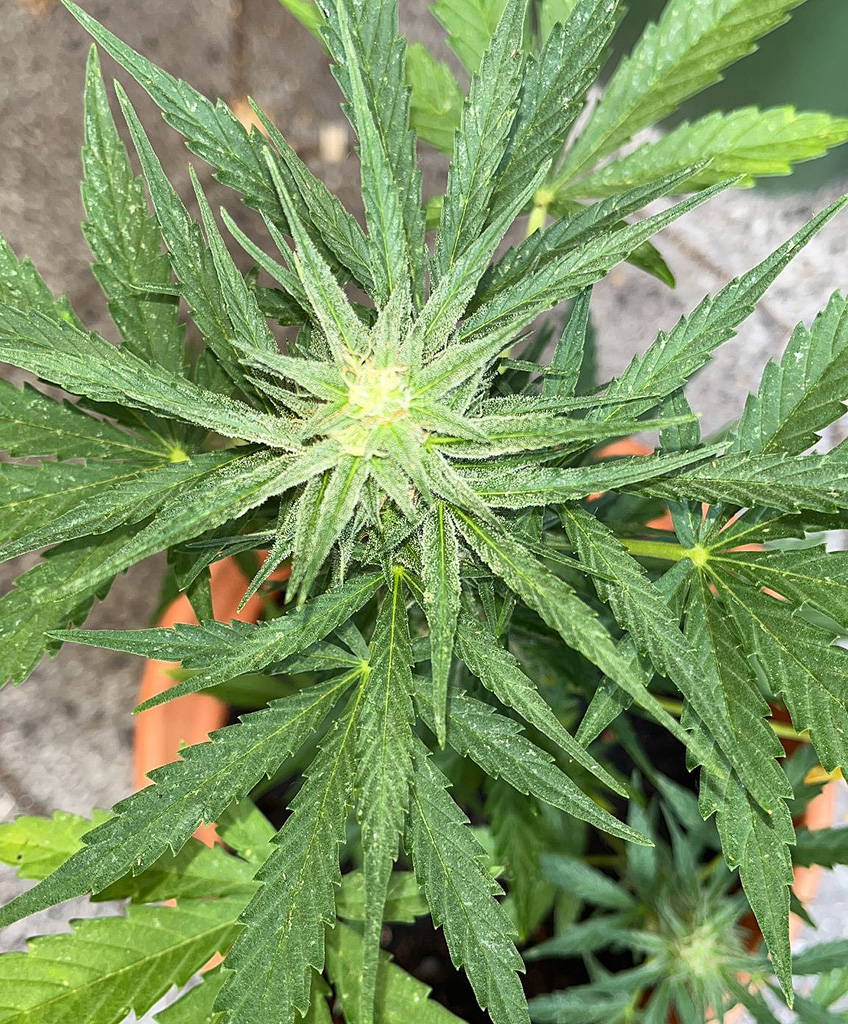
Not mildew, but resin.
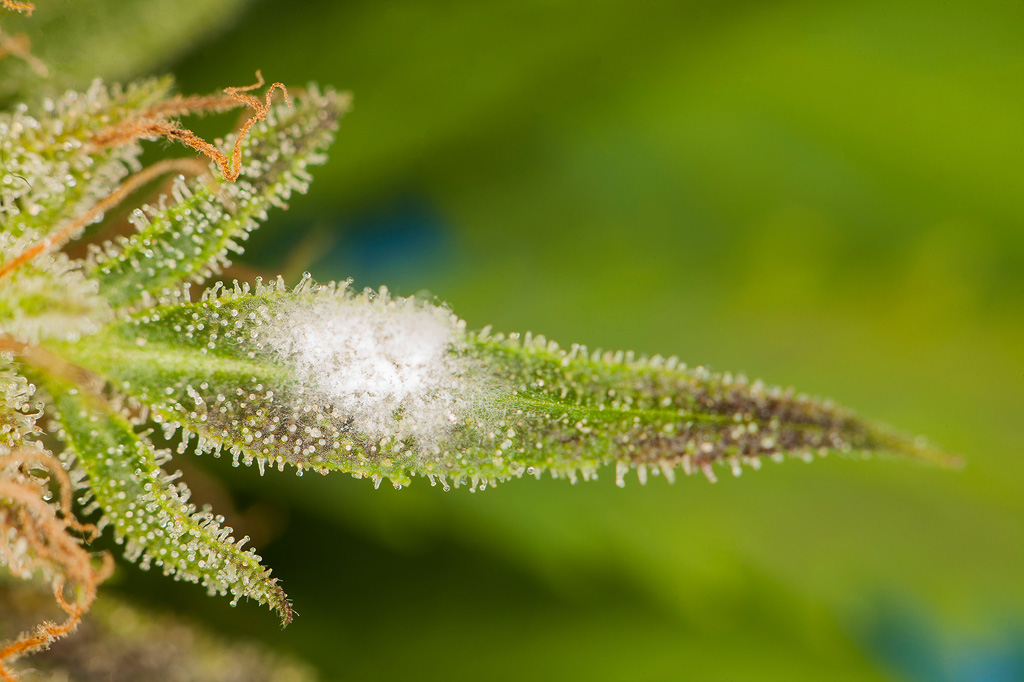
Not resin but powdery mildew (fungus).
Bud rot is more troublesome. It occurs when your buds can't dry properly, making them a breeding ground for mold. Moreover, the conditions for bud rot are also ideal for the common pest spider mite. Spider mites build a web in your cannabis plant and appear as red, brown, or black dots. Other black dots are often aphids.
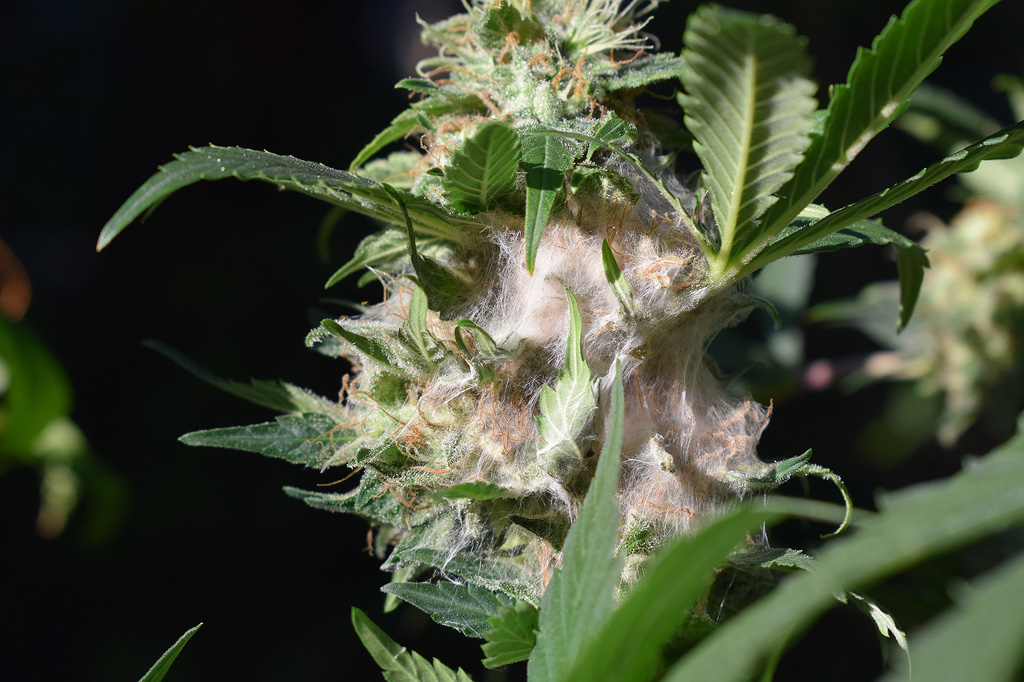
Bud rot and spider mites together.
Want to fight pests? Opt for Total Explosion!
While this guide offers a comprehensive overview at a glance, your chosen strain and growing environment may require adjustments. Dive deep into the subject by clicking the links in the article and always be open to learning and adapting. Even if you've had "a hundred years of growing experience".
Happy growing!
Did you find this guide useful? Share it with all your fellow growers. Keep following our blog for detailed insights and practical tips!